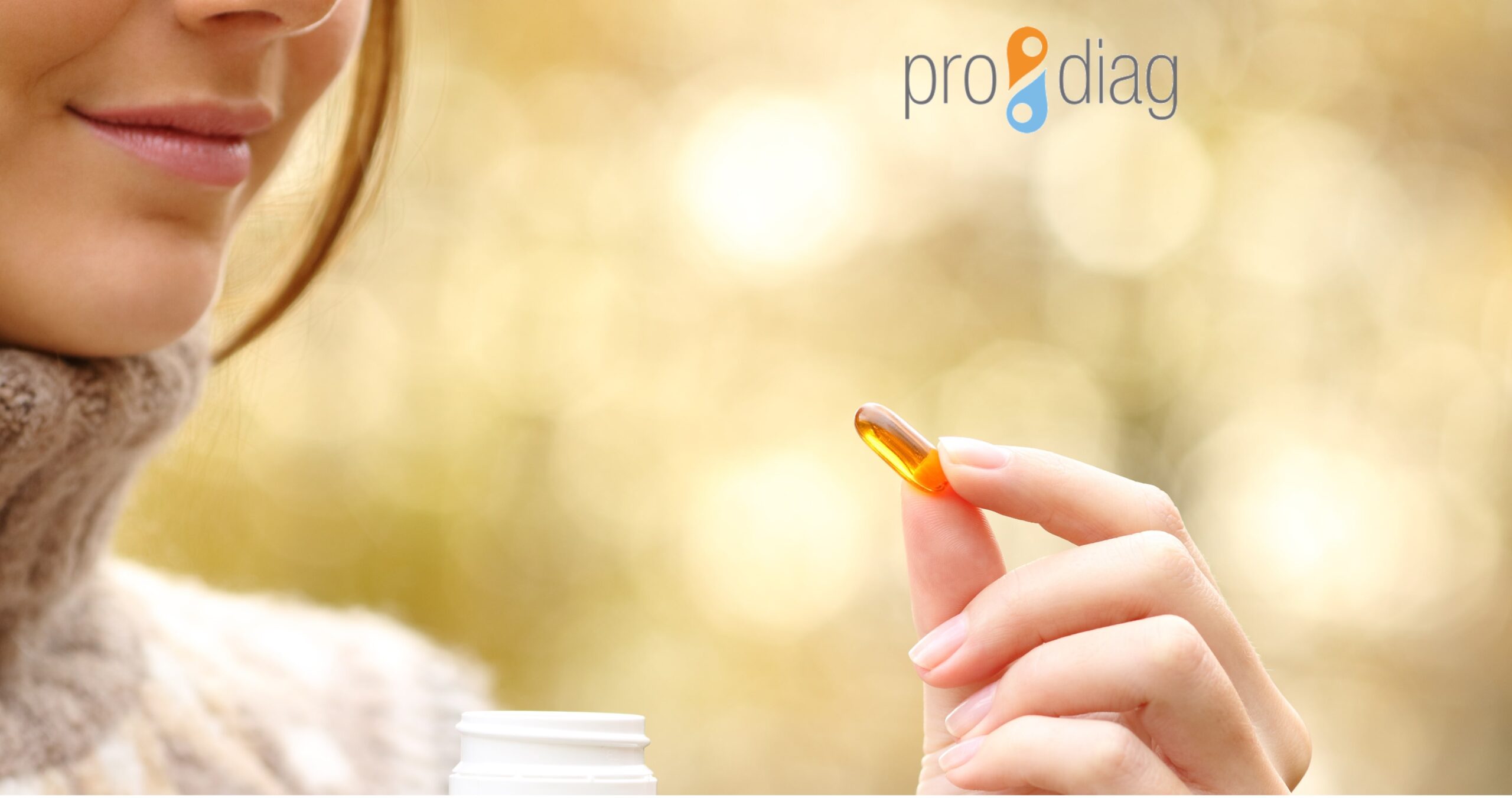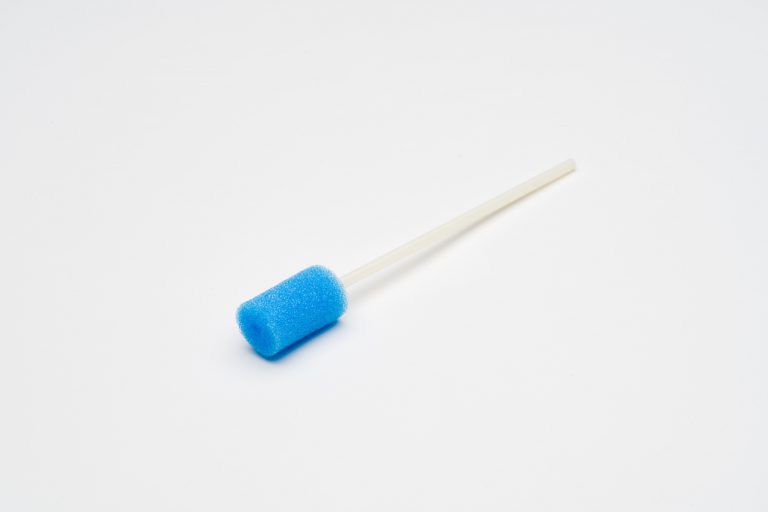Do you really need to take vitamin D supplements?
It’s beginning to look a lot like a frosty winter. Frigid mornings, shorter days, sunless skies, and a lot of cold: it is the perfect recipe for a weakened immune system. Thus, the right moment to pay a little extra attention to your health. Whether it is a healthy diet, physical activity, or light therapy, we tend to pull out all the stops to avoid the winter blues. Especially vitamin D supplements seem to be popular this time of the year. But what do you actually know about vitamin D? And should you even take vitamin D supplements during the winter?
Did you know…
… vitamin D is unique because it can be made in the skin from exposure to sunlight?
Vitamins are – by definition – organic compounds essential to life and health that are obtained through the diet. Vitamin D however is one of the few vitamins that works a little different. Although a small amount of vitamin D can be obtained through foods like oily fish, the majority of our vitamin D is actually produced by our own body. Your skin manufactures vitamin D when sunshine falling on it enables a synthesis process. At least an average of 80% of vitamin D levels come from exposure to sunlight. Therefore, the sun is the main source of vitamin D.
… our winter sun is too weak to enable vitamin D synthesis in your skin?
Unfortunately, if you live somewhere at the same latitude and altitude as the Netherlands, the seasons highly impact our ability to produce vitamin D. During the winter, the sun’s rays hit the Earth at a shallow angle, causing lower UV levels to be unable to stimulate vitamin D synthesis in the skin.
… insufficient exposure to sunlight is caused by our own interference as well?
Did you know that even in Saudi-Arabia there are vitamin D deficiencies? And in the Netherlands, vitamin D deficiency is also present in summer? Over the last decade, mankind has become increasingly aware of the risks excessive sunlight exposure entails. To reduce the risk on skin cancer, we keep our sunblock at the ready and wear clothes to protect our skin. This, however, simultaneously blocks our vitamin D production. Now, it is always best to use sunblock when outdoors in strong sunlight for any prolonged length of time. But as much as 15 to 20 minutes a day with arms and face uncovered in direct sunlight (depending on season, location, age and skin type), can provide you with a sufficient amount of vitamin D.
… some people are naturally more prone to vitamin D deficiencies?
Especially for young children, elderly, and people with darker skin tones it is the skin type that makes them more prone to vitamin D deficiencies. Less common knowledge is how insufficient vitamin D levels are of high risk for women in and after their menopause. The hormonal changes cause the bone density to decrease, increasing the risk of osteoporosis (when the bones become porous and weaker). Since vitamin D increases calcium absorption and strengthens the bones, this little wonder of a sun vitamin plays a central role in many body processes, and should be on the A-list for women during menopause.
… Vitamin D affects the body in more ways than was previously thought?
What was once thought to be a simple hormone affecting only bone and calcium metabolism has shifted. Vitamin D now shows to be a complex hormone that is involved in the integrity of the innate immune system and is found in more and more organs throughout the body, from the prostate to the heart, blood vessels and muscles. And beyond the increasingly discovered impact on our physical health, it is discovered to be vital for our mental health as well.
We like to know our vitamin D levels as it enables us to maintain good health. Do you want to know the answer to the question “Do I need extra vitamin D in winter?” Go find out! Click here for a reliable vitamin D self-test.







